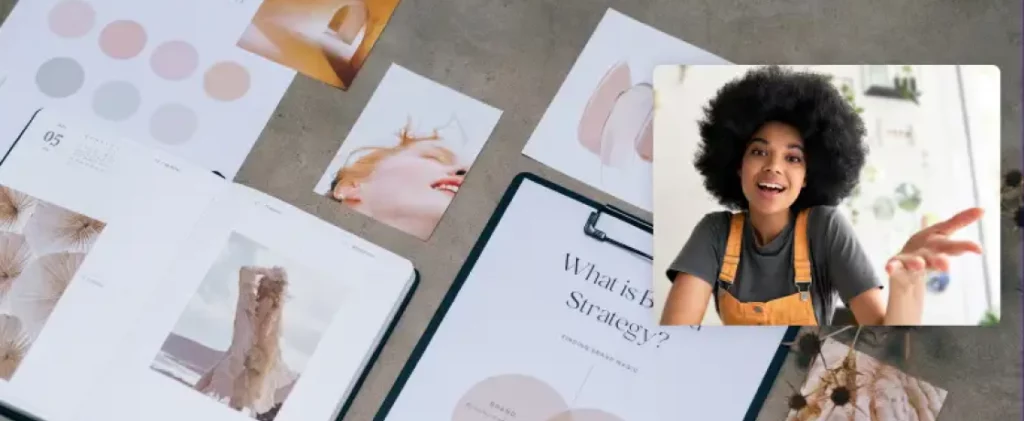Master brand perception: The power of consumer narratives

Consumer narratives provide invaluable insights into brand perception, allowing businesses to gain a deeper understanding of their target audience and make informed decisions to enhance their brand’s reputation.